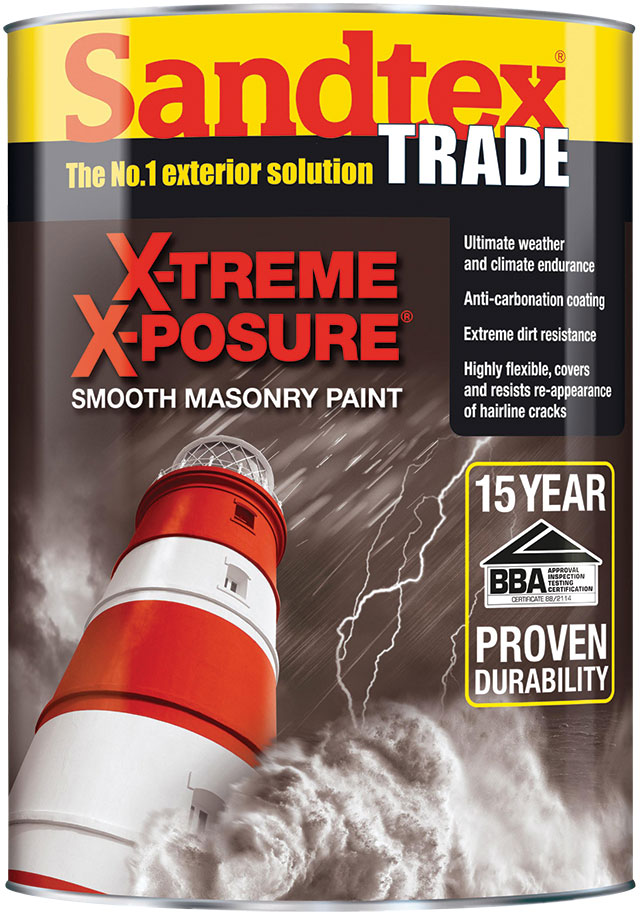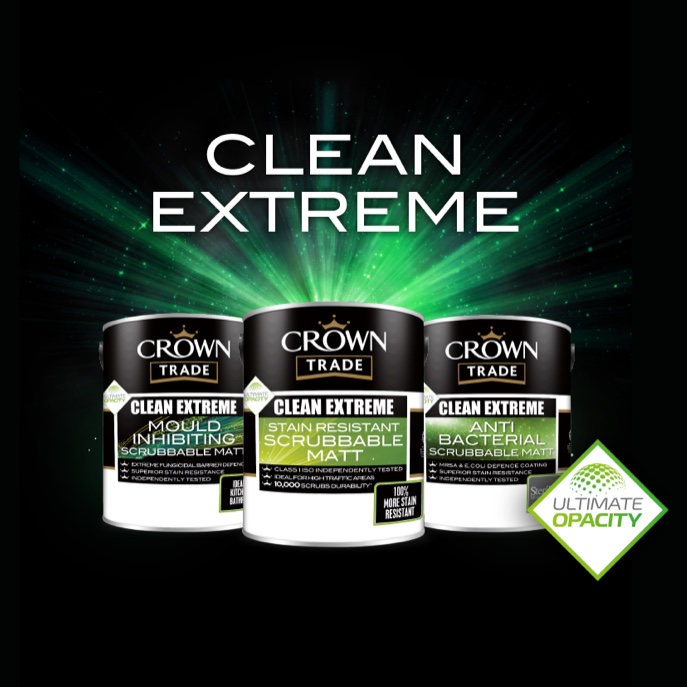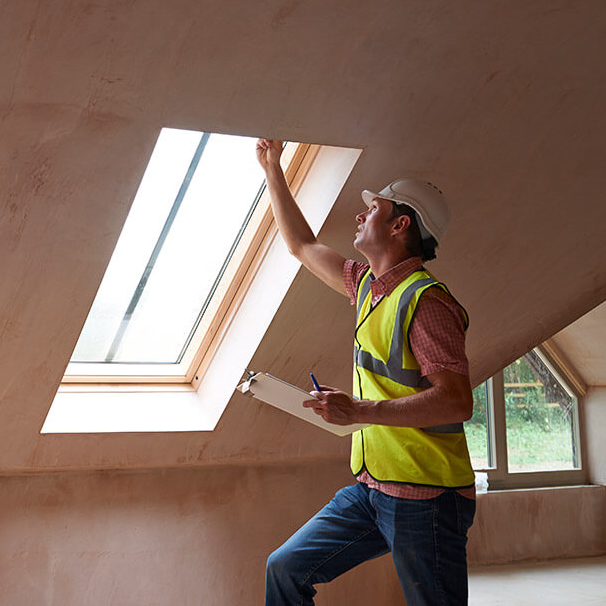Industry Product
Figuring Out Exterior Paint Amounts
1 January 2021
If you follow us on Facebook, no doubt you will have seen our recent ‘How many litres of paint?’ competition based on the challenges of accurately calculating the right quantities of paint for a variety of exterior projects. Hundreds of people took part but only a handful were spot on with their estimations, which shows just how tricky it can be. Fortunately, with a little inside information, painting outside can be a breeze so whether you’re looking to refresh your knowledge or you are tackling your first exterior project, our handy checklist can help paint a clearer picture of how to save both time and money.
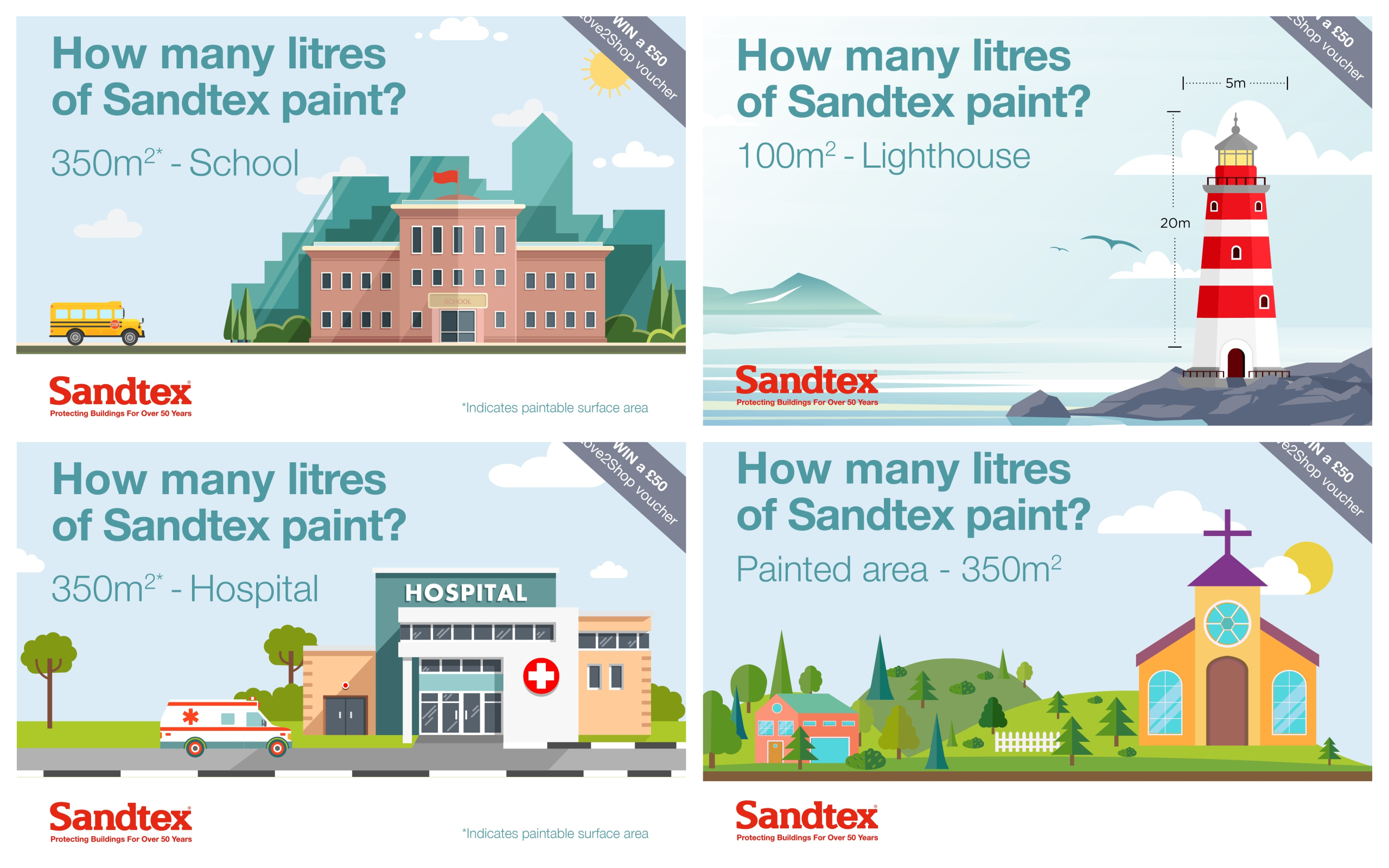
Price it up
Working out how much paint you need depends on a number of factors, including how many doors and windows there are, but a simple way to calculate quantities is to measure the length of each elevation and multiply it by the height. This will give you the square metre area. For doors and windows, do the same then subtract this area from the total wall to calculate the total square metres to be painted.
However, heavily textured substrates, such as pebbledash or roughcast render, can require extra paint – and time. You may need to increase your paint calculations by a half or up to two-thirds. If in doubt, it’s always better to over-purchase and then return any unopened cans, or save them for another job, than risk running out of paint halfway through.
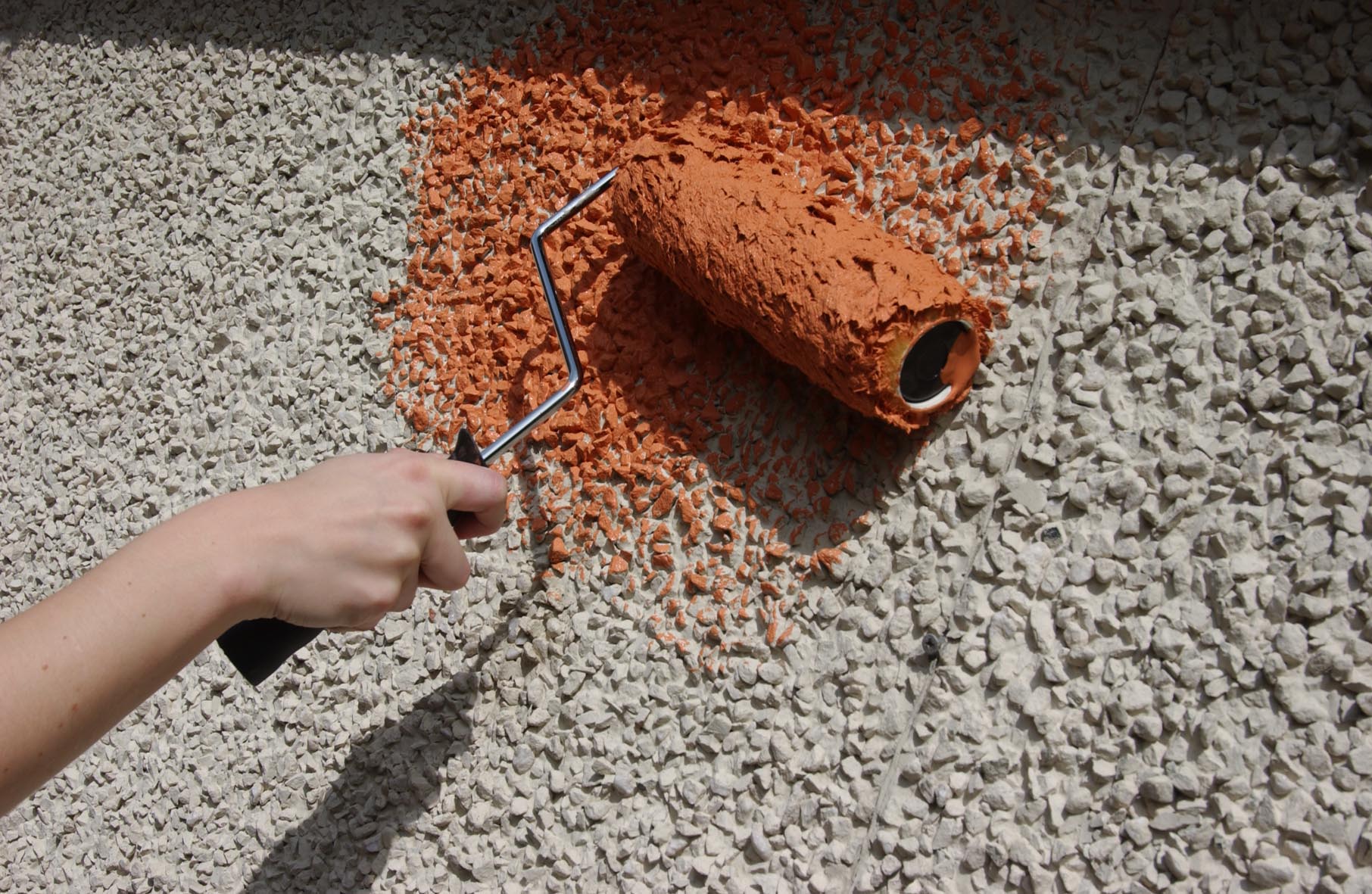
Prepare the area
Calculating the amount of paint you will need is one thing, working out how long it will take to complete the task can be quite another! DIY projects in particular can often take longer than expected, especially when you run into unexpected problems along the way.
To avoid any nasty surprises, the first thing to do is take a good look at the condition of the building you are planning to paint. Cracks and mould growth may be visible but other problems, such as an unstable paint surface might be harder to spot. Not only should you take into account what work needs to be done and the products you will need, but also the time it will take – cracks will need to be filled and sanded and dusty surfaces will need to be treated with a stabilising solution.
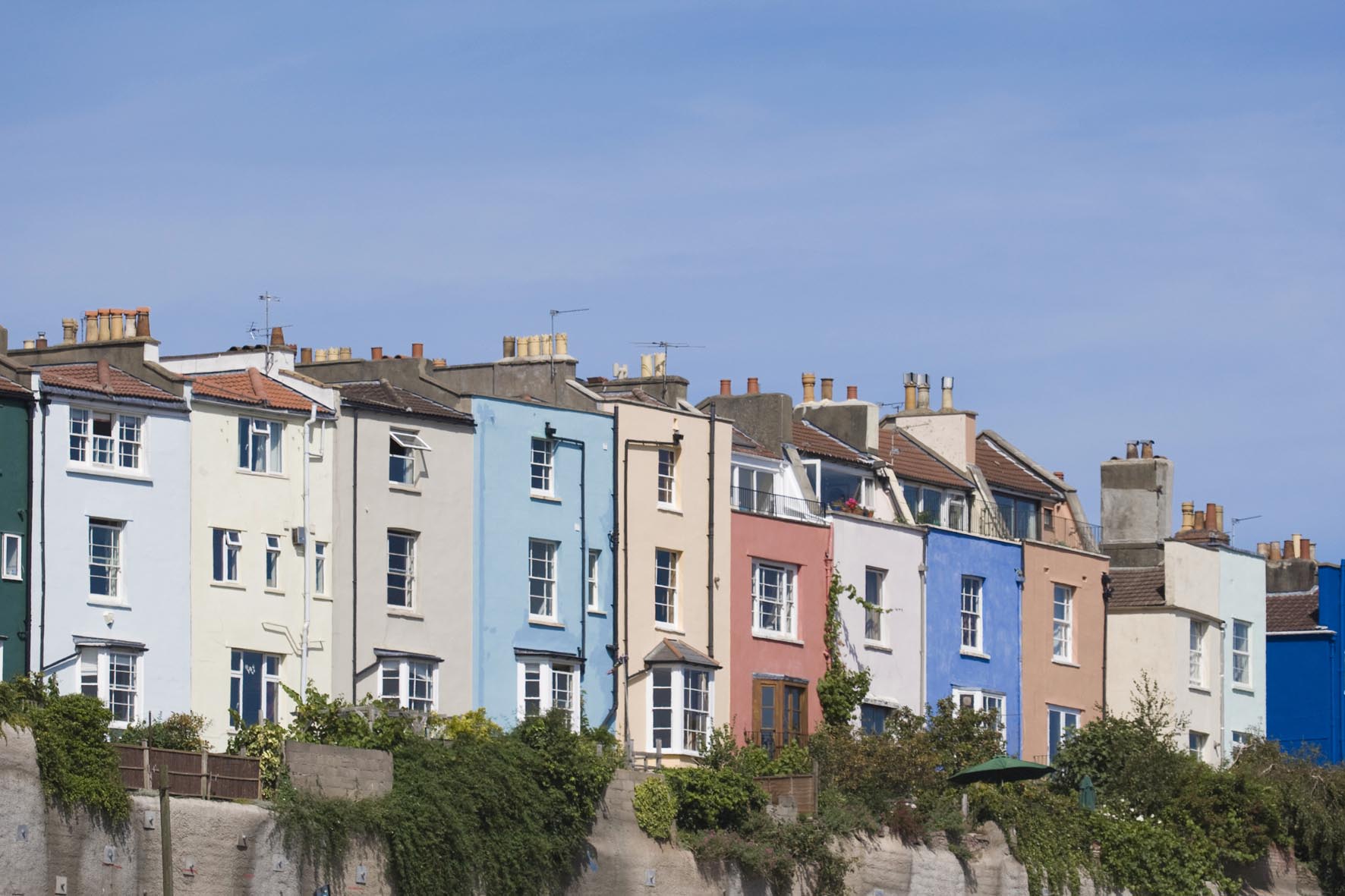
Pick your products
Your local merchant or decorating centre will be happy to help you pick the correct product for your job but for most projects where the masonry is in good condition, a smooth masonry paint is well suited for use on large areas, with textured masonry paint helping to hide imperfections on uneven surfaces. For buildings in exposed areas or that require long term protection from weathering, pollution and dirt, a product such as our X-Treme X-posure Smooth Masonry paint provides the ideal solution.
Also make sure to check how long after application your chosen paint product will be rain proof, as an unexpected downpour can be disastrous to freshly applied paint, making costly mistake to rectify. Choosing a quick-drying masonry paint is therefore essential and for chillier, more challenging conditions, our 365 All Weather Smooth Masonry paint has been specifically developed to be resistant to showers after just 20 minutes.
